Two-way syncing your Microsoft 365 User Mailbox account with Salesforce allows users to access all of their emails, contacts and leads on both platforms. Sales representatives can spend significantly less time inputting data and navigating between each application to increase productivity within the organization. This also makes it easier to handle all pertinent Salesforce records in one location and access essential Microsoft 365 email communications.
This article will outline how to two-way sync contacts between Salesforce and a Microsoft 365 User Mailbox using CiraHub, a multi-way contact and calendar sync tool.
Sync Between Salesforce and Microsoft 365 User Mailboxes
- First, log in to CiraHub. You will be taken to the onboarding wizard. (See figure below.) Next, select the object you want to sync. In this example, the contacts object has been selected.
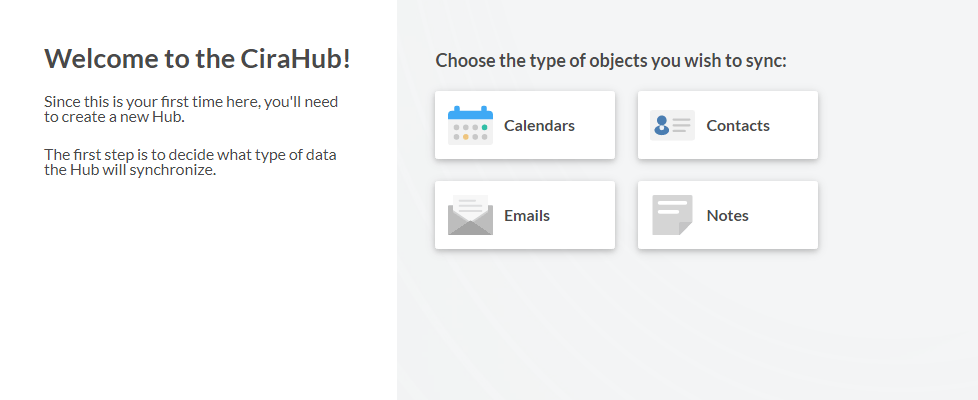
- Next start the Hub and Spoke setup. Click on “CRMs” as your source type for your contact spoke. (The Hub contains all synced Contacts from each spoke; a spoke can be a Public Folder, a user mailbox, the GAL or a CRM.)

- Select “Salesforce” as the contact spoke type.

- Sign in with Salesforce to add your account to the Hub, or select an existing Salesforce account.

- If you selected “Sign in with Salesforce”, you’ll be prompted to this screen to enter your Salesforce username and password.
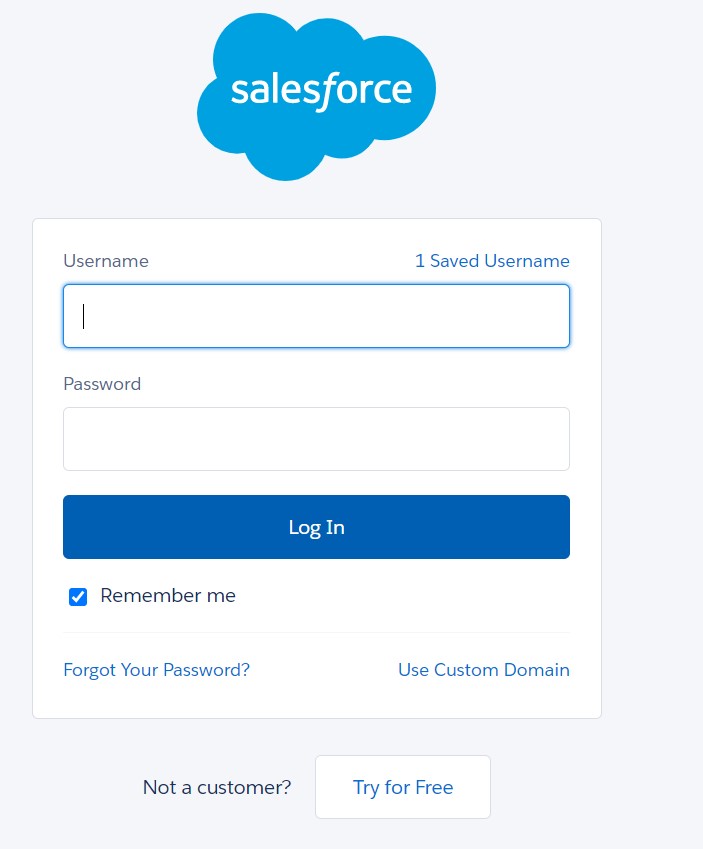
6. Select “Allow” to connect your Salesforce connect to the CiraApps Salesforce Connector and two-way sync Salesforce contacts.
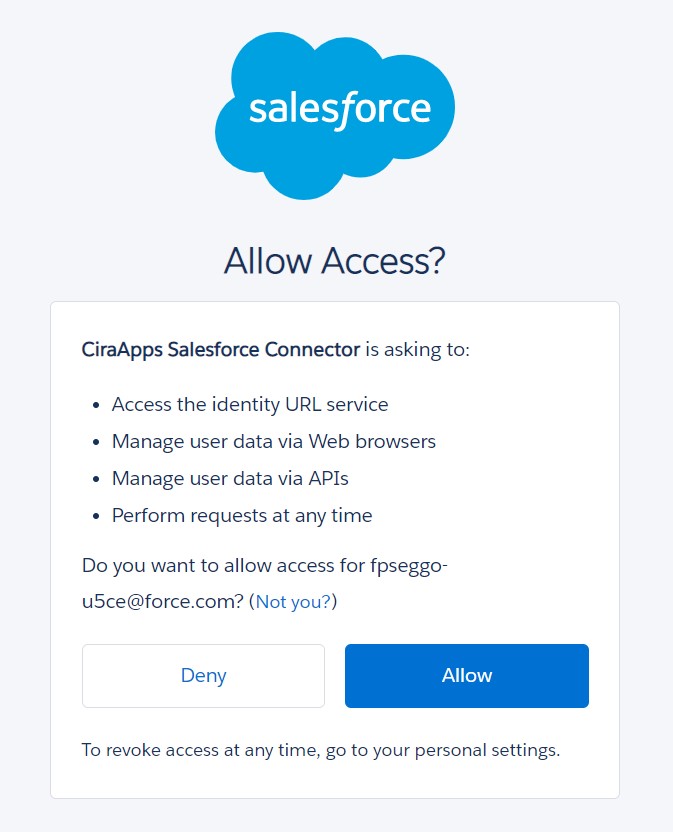
7. Type in a “Spoke Name” and click Next.

8. Next type in the “Hub Name” and click Create.
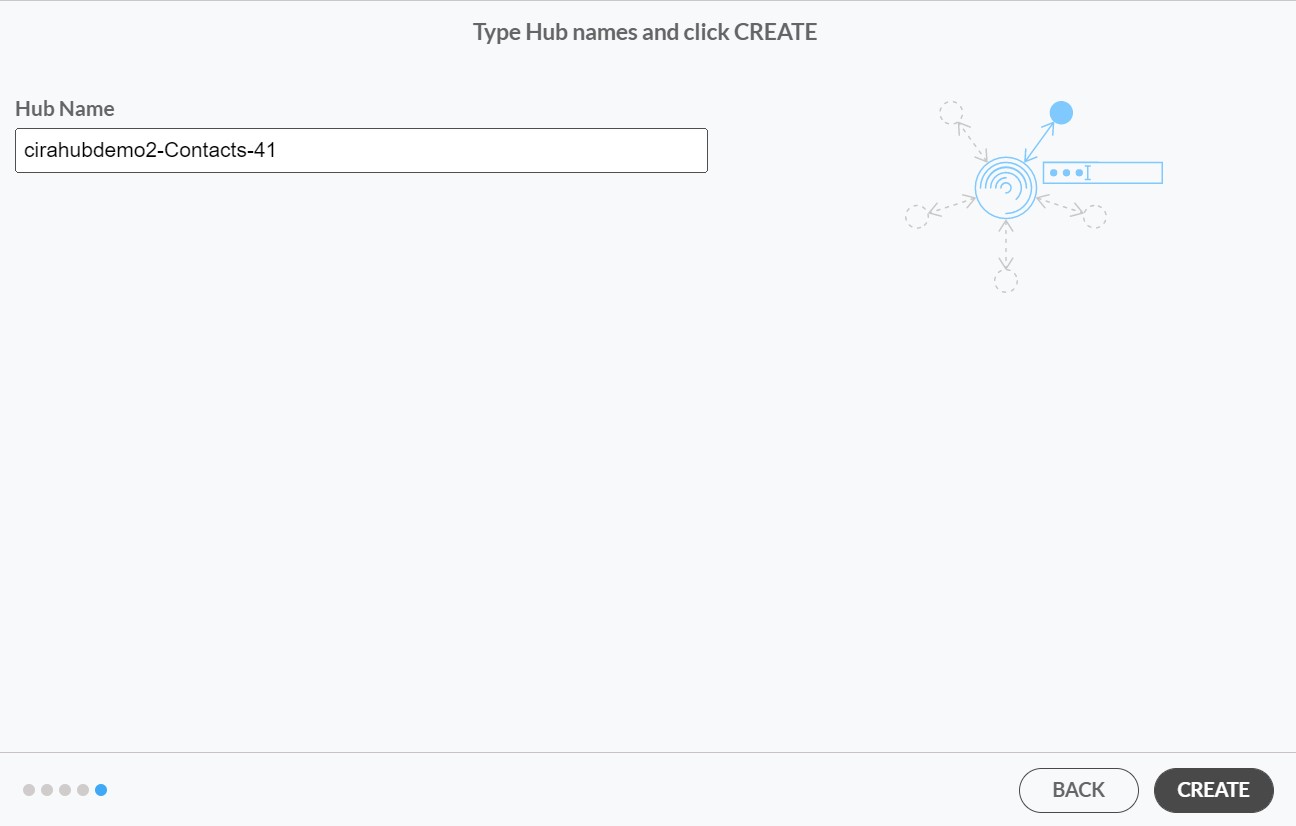
9. Select the option to add an Additional Spoke.
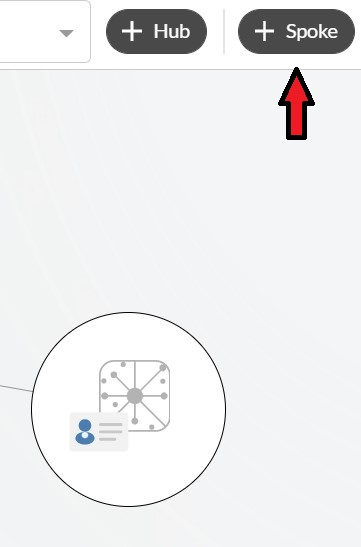
10. To add a Contact List within a User Mailbox to the Hub, Click on “Microsoft 365 In my tenant” and select User Mailbox.
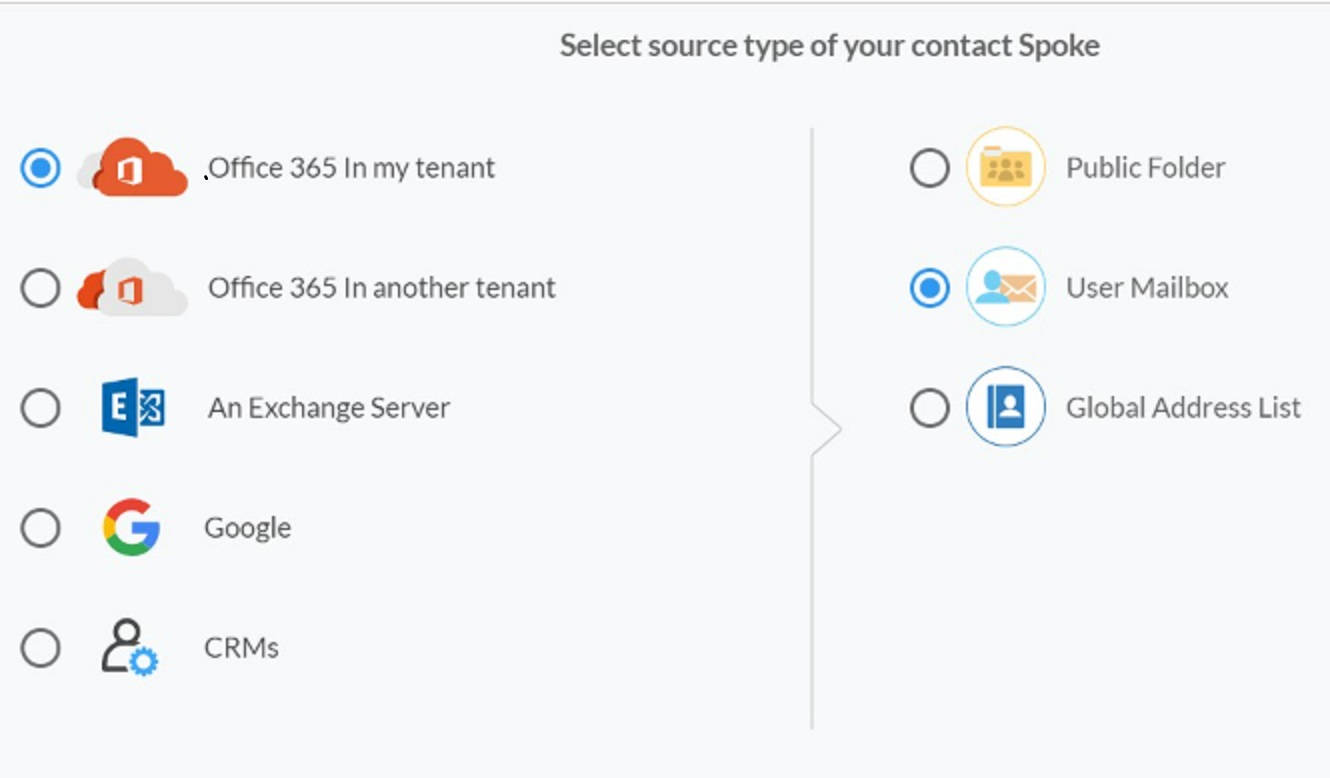
11. Select which “User Mailbox” you want to Sync. 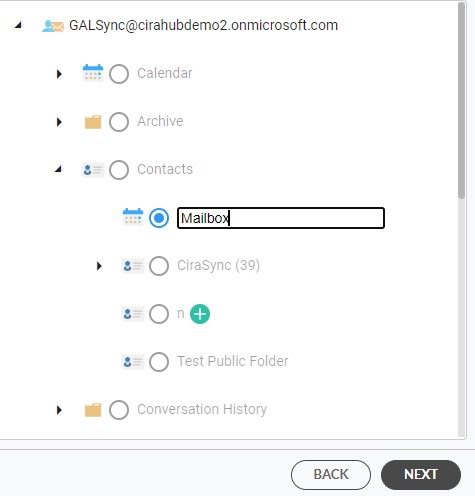
12. Type in a Spoke name and click create.

13. Next, right-click your spoke, and select “Sync Options”. From there you will be taken to a new window, click the box which says, “Allow Hub to create and sync items in this spoke.” This will enable you to two-way sync Microsoft 365 User Mailbox contacts with Salesforce between the Hub and your spoke. 
14. Click on “Allow Hub to create and sync items in this spoke”. This will enable two-way synchronization from the endpoint to the hub database and back. Select Categorize Data in Spoke if you would like to filter out which items you would like to sync.
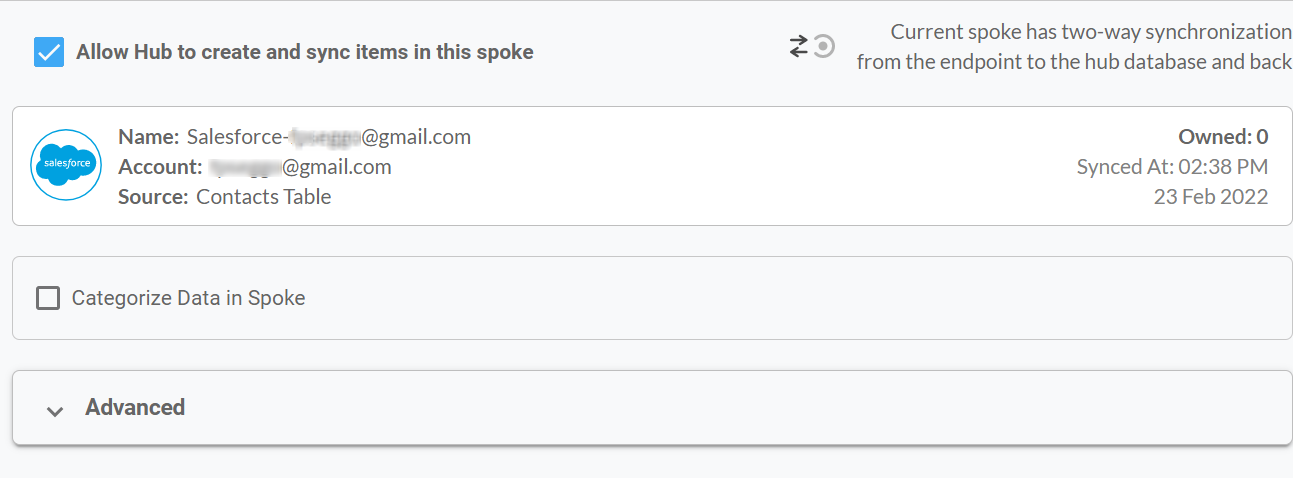
15. Click the Advanced tab to set up contact filtering settings for Salesforce This would enable a user to synchronize and create Hub items based on specific criteria.
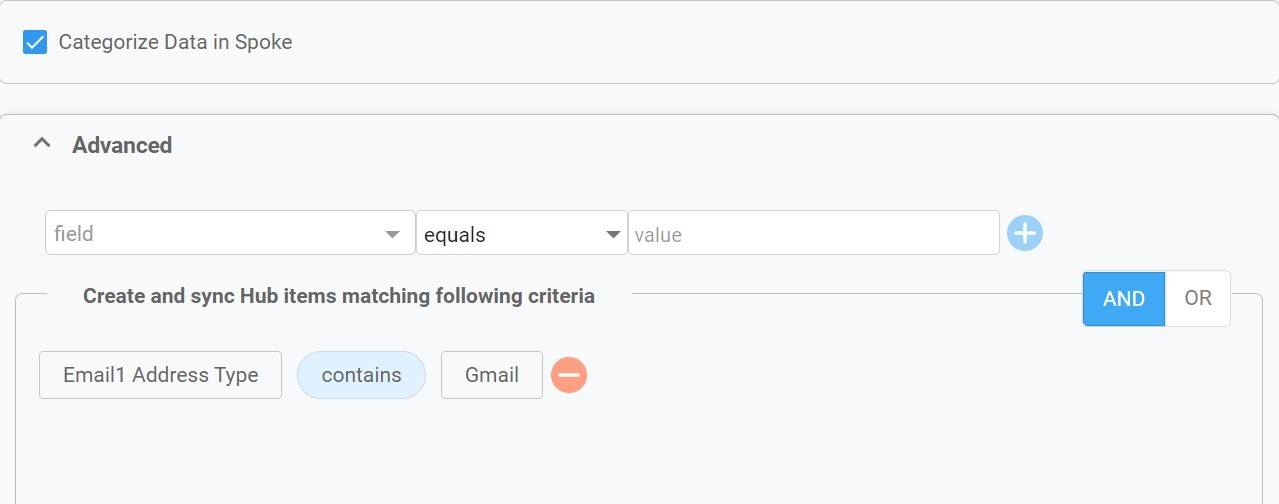
17. Click on “Sync now” to two-way sync Salesforce with a Microsoft 365 User Mailbox for the current spoke. You can also edit any synchronization options for each of your spokes below.
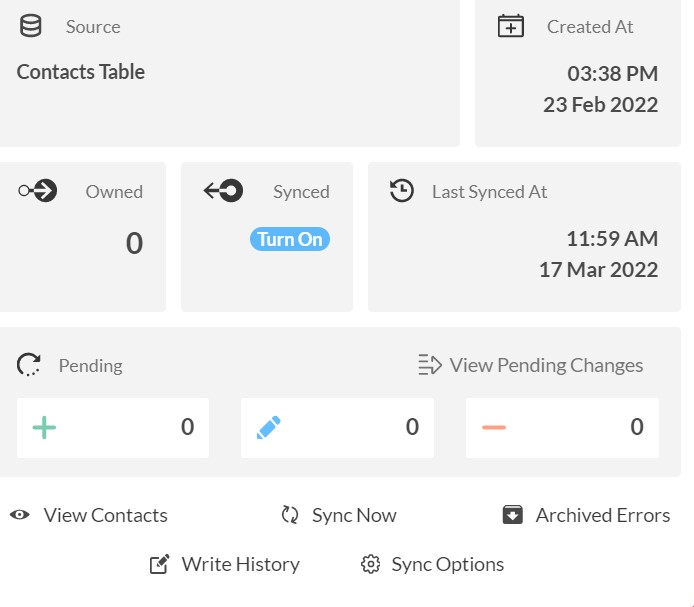
More About CiraHub!
CiraHub is a two-way sync platform for shared contacts and calendars for Microsoft 365, Exchange Server, and other Microsoft Enterprise Applications users. The software is designed to make it easy for people lacking IT expertise to multi-way sync CRM contacts for their company. Click here to learn more about how you can start a CiraHub trial today!
